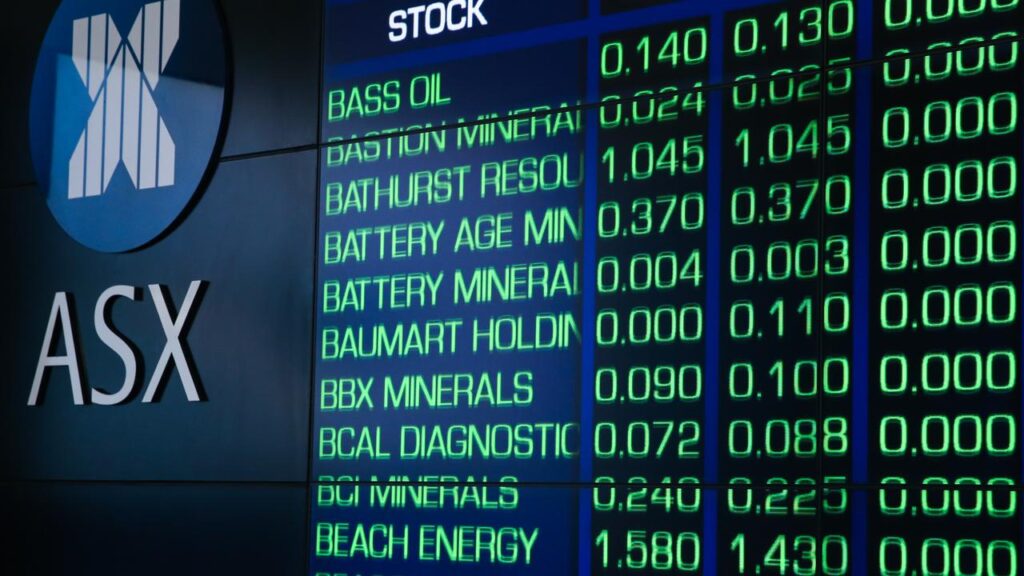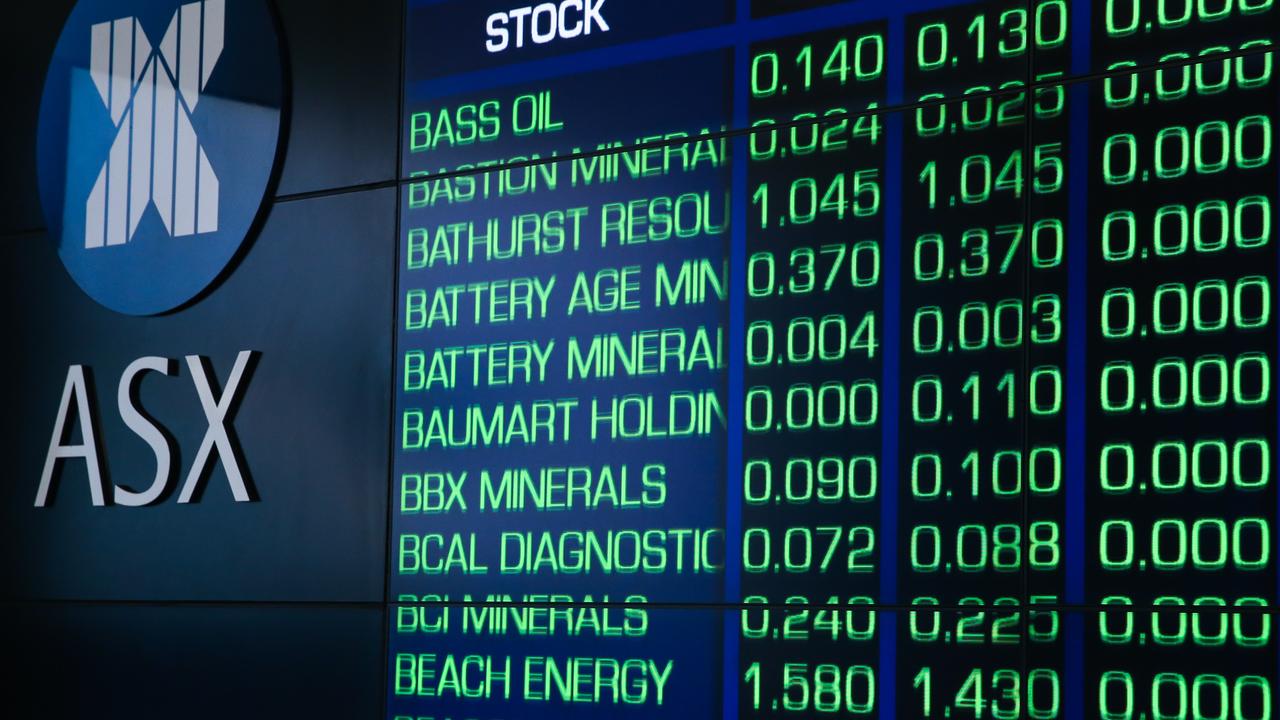On Thursday, September 25, 2025, the S&P/ASX 200 closed at 8,773.0 points, up 0.1% (8.5 points) from the previous session. This modest rebound followed a significant drop earlier in the week, stabilising the index after a three-week losing streak. The day’s gains were primarily driven by strength in the mining and energy sectors, which helped offset declines in interest rate-sensitive areas such as financials and consumer staples.
The materials sector led the rally, rising 1.55%, bolstered by a surge in copper prices. Copper prices increased by 4% following Freeport-McMoRan’s declaration of force majeure on contracted supplies from its Grasberg mine in Indonesia. This disruption raised concerns over global copper supply, benefiting Australian miners like BHP and Rio Tinto, which both saw their share prices rise over 3.5%. Capstone Copper was the top performer, surging 10.75%. In the energy sector, companies such as Woodside, Beach Energy, and Santos experienced gains, driven by rising crude oil prices following a Ukrainian attack on Russian oil infrastructure.
Despite the overall market uptick, sectors sensitive to interest rate changes faced headwinds. The financial sector continued to struggle due to rate uncertainty, although some banks showed modest rebounds. Consumer staples and industrials also declined, with major supermarkets and manufacturers like Coles, Woolworths, and Bega Cheese falling. The Australian dollar appreciated slightly to US65.9c.

Investors may consider focusing on sectors less susceptible to interest rate fluctuations, such as mining and energy, where domestic and regional factors play a more significant role. While the financial and consumer sectors present long-term growth potential, the immediate impact of rate uncertainty introduces volatility, warranting a cautious approach for short-term investments. Diversification across sectors and regions remains a prudent strategy to navigate the current market landscape.
The Australian market’s performance on September 25 reflects the complex interplay between domestic sector strengths and global geopolitical developments. While sectors like mining and energy show promise, the financial and consumer sectors’ exposure to interest rate changes underscores the importance of considering macroeconomic factors in investment decisions. Australian investors should remain vigilant and adaptable, monitoring both domestic and international developments that could impact market dynamics.
Internationally, markets are grappling with the implications of geopolitical tensions and their impact on commodity prices. The disruption in copper supply and rising oil prices have global ramifications, influencing investor sentiment and market performance. These developments may influence Australian market sentiment, particularly in sectors sensitive to international policy changes.
Visual aids such as a comparative chart of sector performance on the ASX 200, highlighting mining, energy, and interest rate-sensitive sectors, would provide valuable insights for investors. Additionally, a timeline of copper price movements alongside geopolitical events could illustrate the relationship between global developments and market performance.
Investors should stay informed about global geopolitical developments and their potential impact on commodity prices. Regularly reviewing sector-specific performance and adjusting portfolios accordingly can help mitigate risks and capitalise on emerging opportunities.


